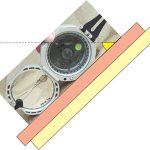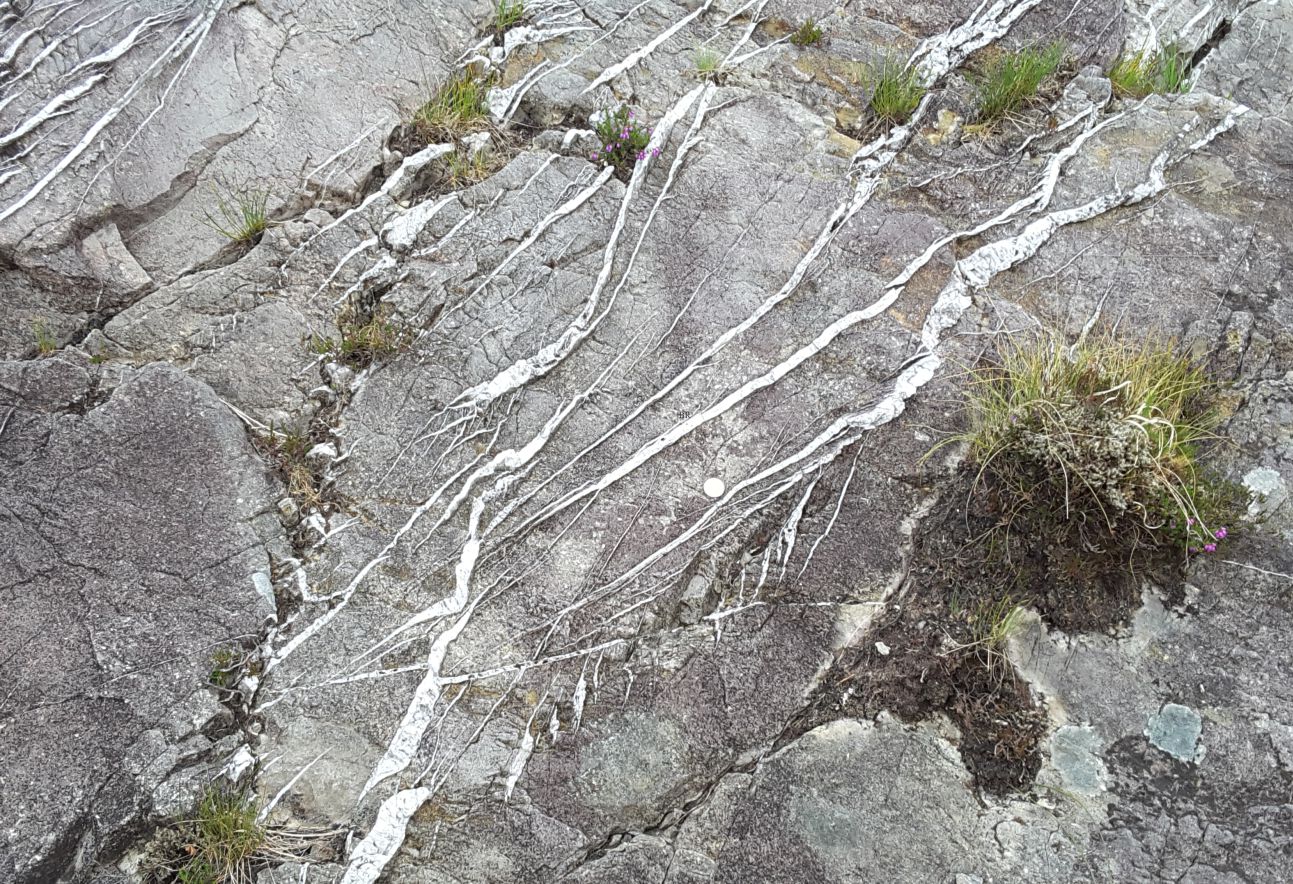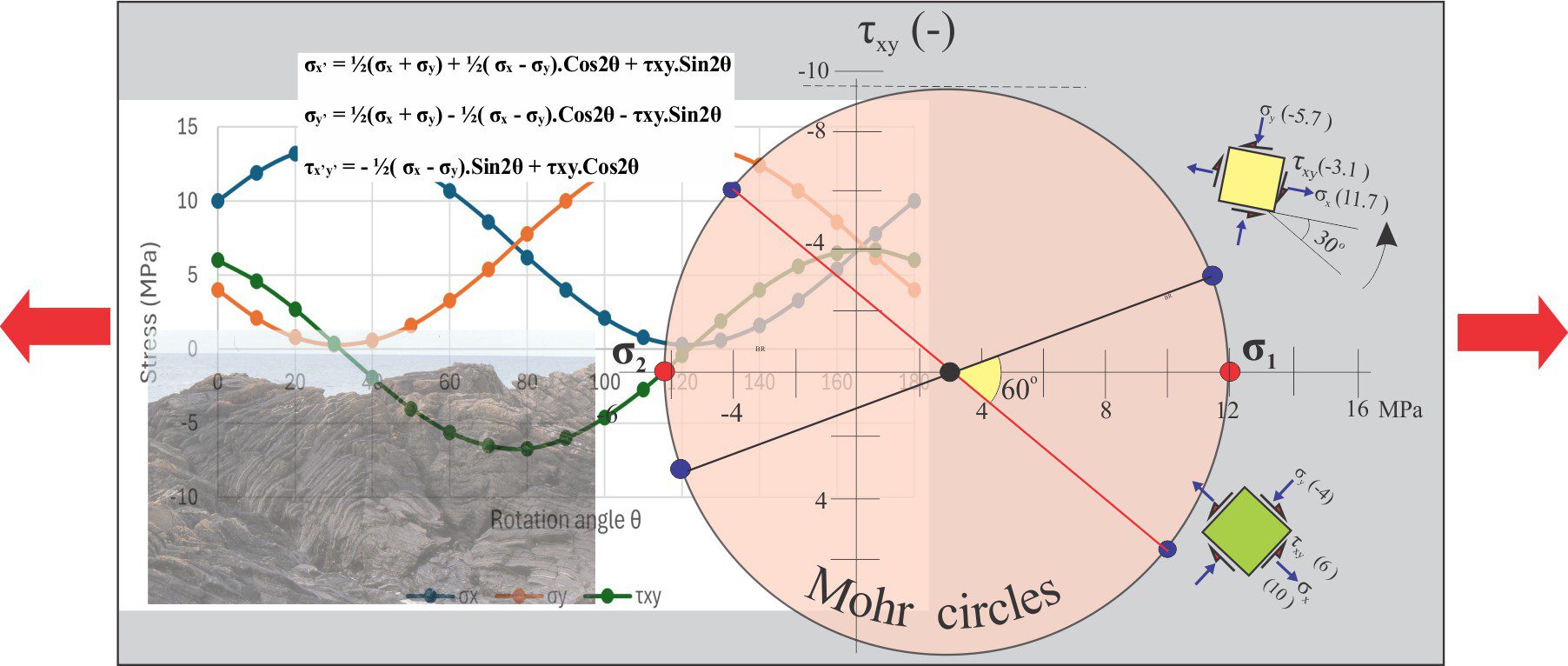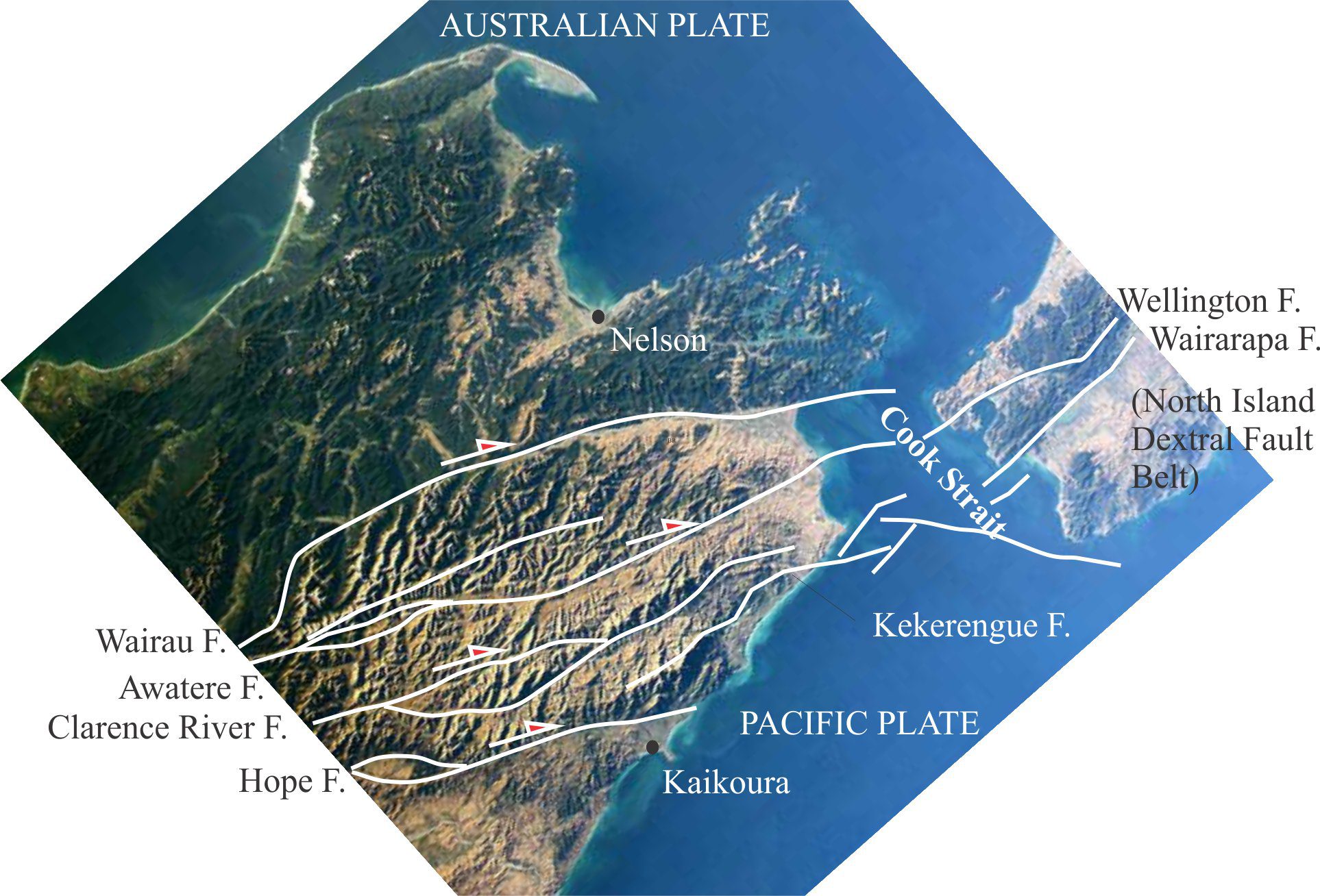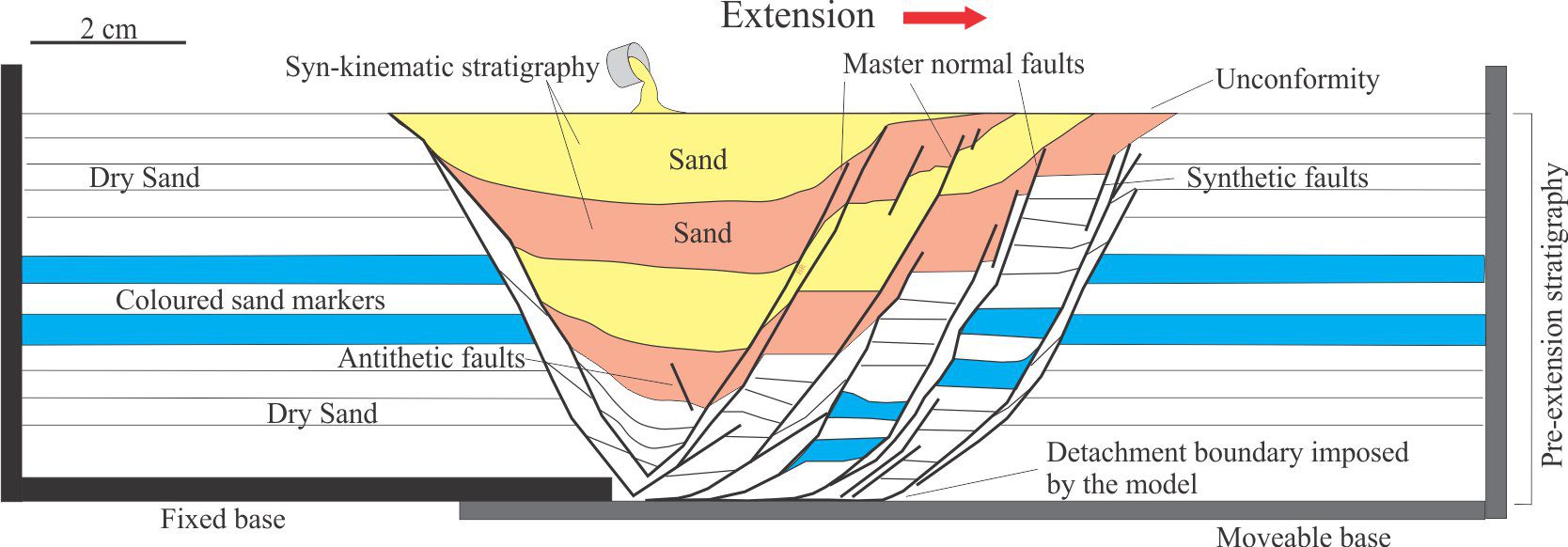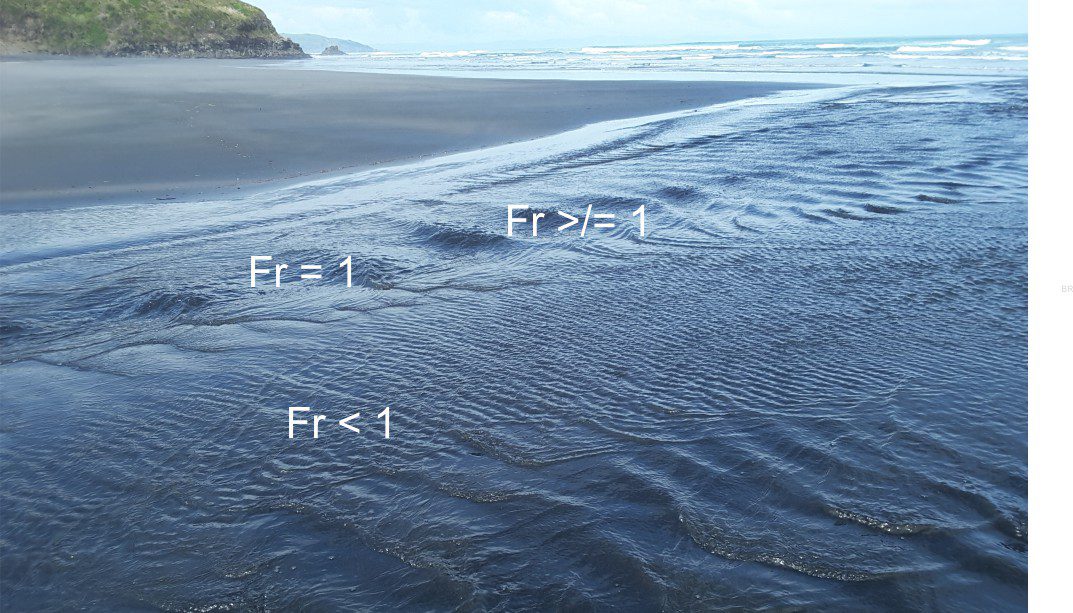A virtual classroom for Earth Scientists
The posts here provide an outline of method and theory for some of the basic tasks that geologists undertake in the field and lab. They are directed primarily at undergraduate geology students, but should be useful for anyone wanting a refresher. They are not encyclopedic descriptions – refer to the many fine textbooks, and journal papers for examples of more complex geological problems.
The How to… posts are more technical than those elsewhere on this website
The list of tasks will evolve. The emphasis initially is on stratigraphy, sedimentary and volcanic strata, sedimentary basins, geochemistry and mapping, but because sedimentary strata are commonly deformed, there is an obvious cross-over to structural analysis and tectonics.
How to…
Common structure – mapping problems
